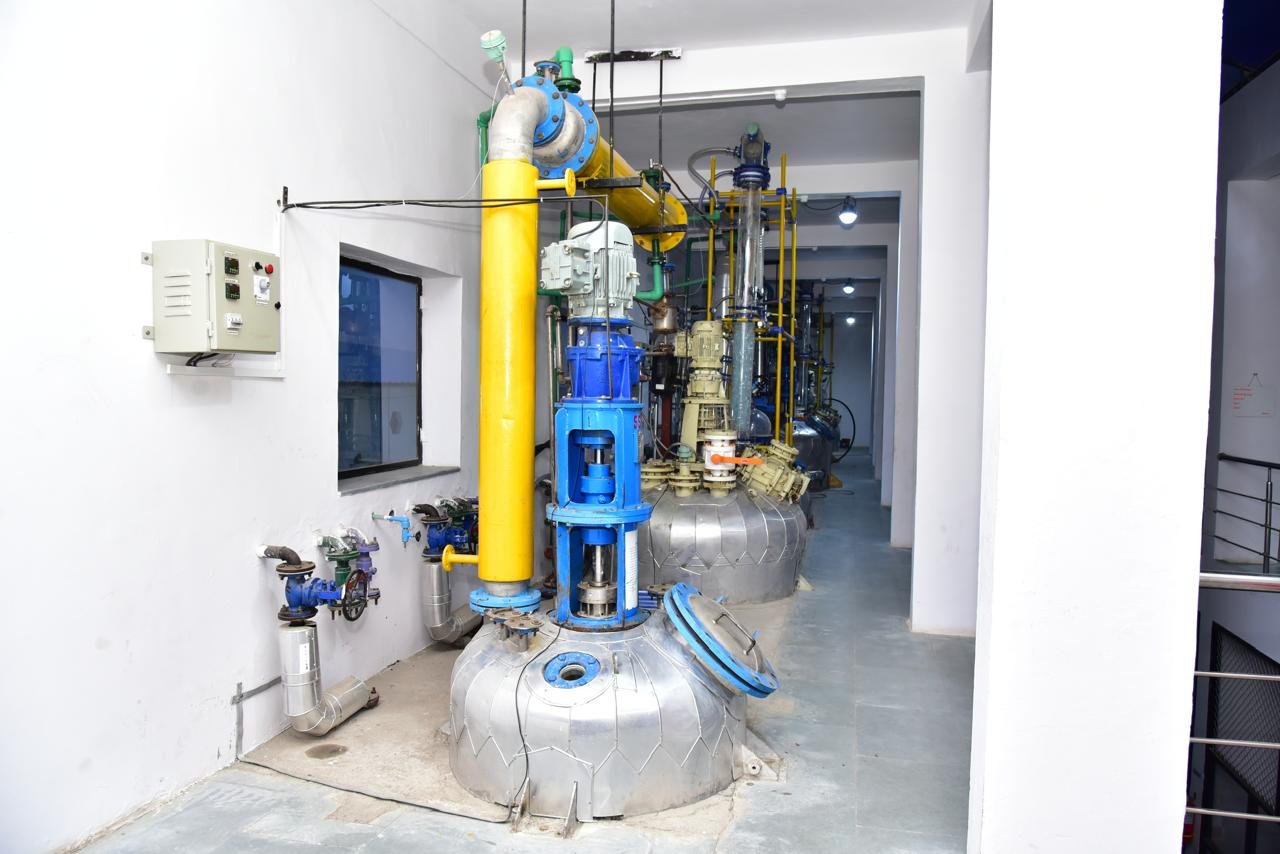Toll manufacturing

- Glass Line Reactors: 6 units, Total capacity = 30 KL
- SS Reactors: 7 units, Total capacity = 35 KL
- HDPE Vessels: 4 units, Total capacity = 10 KL
- Water Purification Capacity: 1 KL/Hr
- ZLD (Zero Liquid Discharge): 12 KL/Day
- Bromine Recovery Plant Capacity: 1 MT/Day

- Vacuum Tray Dryer: 48 trays×148 \, \text{trays} \times 148trays×1
- Steam Tray Dryer: 48 trays×348 \, \text{trays} \times 348trays×3
- Rotary Vacuum Dryer: 48 trays×148 \, \text{trays} \times 148trays×1
- Centrifuges and Filters: Assess drying and filtering throughput based on the size and number.

- High vacuum and high-temperature distillation, low-temp reactions, and specialized reaction capabilities like bromination, chlorination, hydrogenation, and oxidation.

- Estimate the daily operating hours for each piece of equipment.
- Consider batch times for reactors and drying equipment to optimize process efficiency.

Determine the average batch size by analyzing the reactor’s total volume and the expected process yield for toll manufacturing projects. This calculation ensures optimal utilization of equipment, efficient resource allocation, and consistent production output.

Equipment like the air jet mill, pulverizer, and kilo lab enhance process versatility and can significantly impact overall throughput by optimizing particle size reduction, precision milling, and small-scale experimentation for improved scalability.

